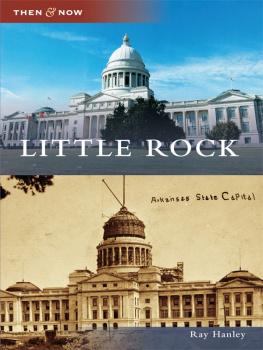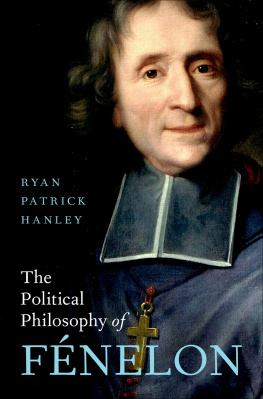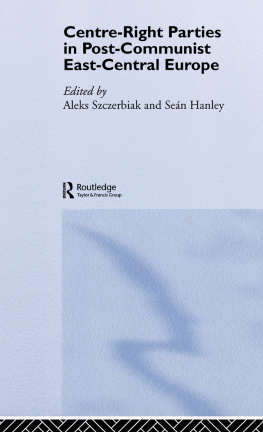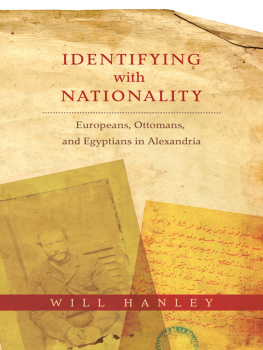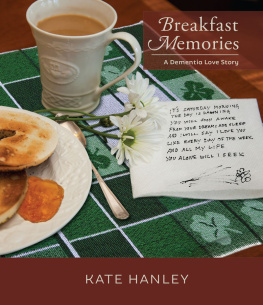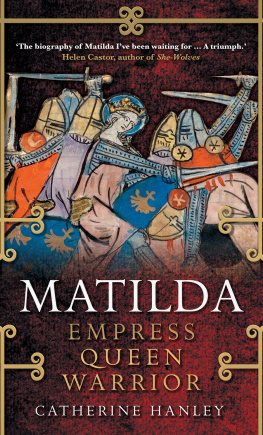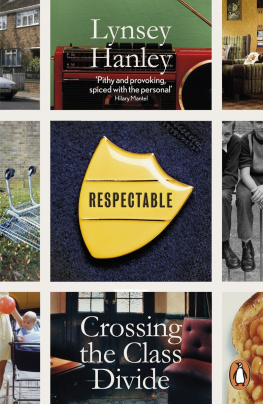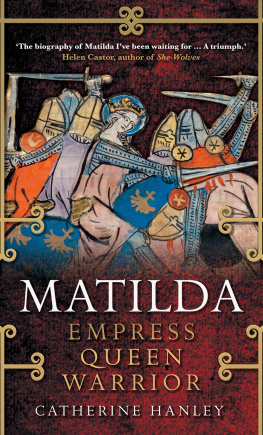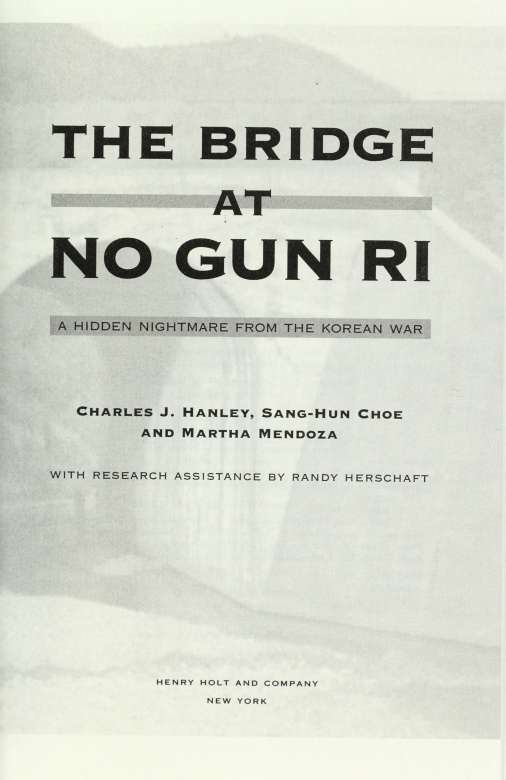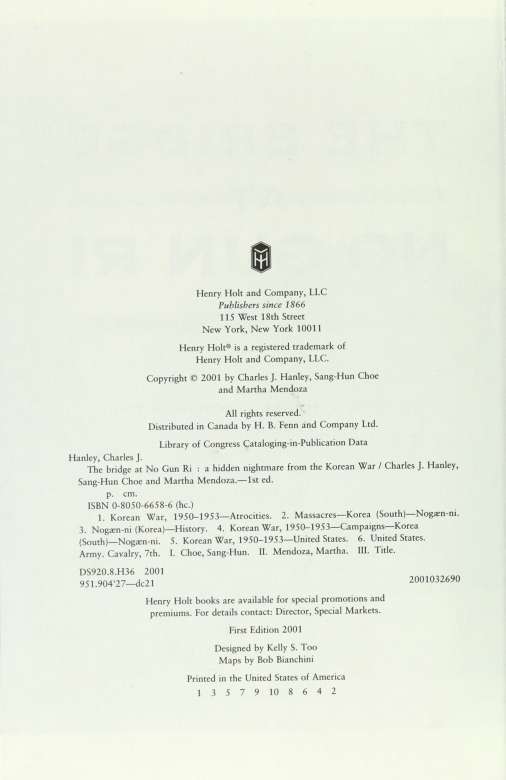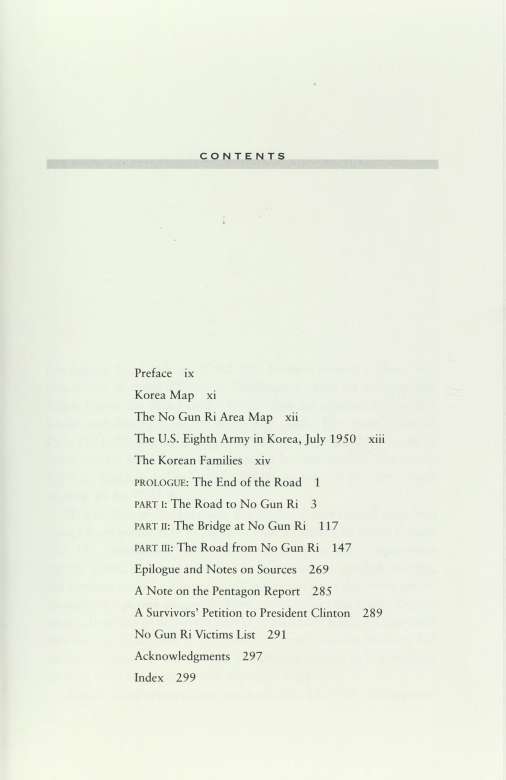This book made available by the Internet Archive.
PRE FAC E
On August 11, 1945, as World War II drew toward a close, two U.S. Army planning officers in Washington chose an invisible line across Korea, the 38th Parallel, for dividing the Japanese colony into Soviet and American zones, north and south. Five years later, on June 25, 1950, Korean troops from the north invaded the south to try to reunify the nation. They were led by communists. The resulting war, which ended in 1953 in stalemate, was the first great clash of arms of the Cold War.
Within days of the invasion, the United States rushed American troops from poHce duty in Japan to fight alongside its South Korean ally. The Americans who were shipped across the Sea of Japan were mostly green, teenaged recruits, with insufficient combat training, led in many cases by inexperienced officers in units that were under-strength and poorly equipped. They reeled before the North Korean attack, in weeks of desperate retreat, until finally holding a last-ditch defense line. Hundreds of thousands of South Korean civilians fled south with them. It was a bleak, humiliating chapter in U.S. military history, soon forgotten by the American people.
Almost a half century later, on September 29, 1999, the forgotten
PREFACE
chapter burst into newspaper headlines worldwide, with a story of buried history, of unforgiven acts from that long-ago war, at a place called No Gun Ri. The Associated Press reported that a dozen graying ex-soldiers, young GIs of 1950, had confirmed what South Korean villagers claimed: U.S. forces in July 1950 killed large numbers of civilian refugeesup to 400, the Koreans said, mostly women, children and old menunder and around a railroad trestle at the hamlet of No Gun Ri. The AP also published declassified military documents showing that U.S. commanders had issued standing orders to shoot civilians rather than risk infiltration by disguised enemy soldiers.
The highest levels of the U.S. and South Korean governments immediately ordered investigations, military inquiries that then dragged on for many months, ending in weeks of conflict between American and Korean investigators. In its final report in January 2001, the U.S. Army, after years of dismissing the villagers' story, affirmed the AP's finding that American troops killed the refugees. But it assigned no blame. Instead, it said, "What befell civilians in the vicinity of No Gun Ri in late July 1950 was a tragic and deeply regrettable accompaniment to a war."
Here is the story of No Gun Ri and that war, of what accompanied it, preceded it, and followed it, as seen through the eyes of the only people who could really knowKorean villagers and American soldiers who were there.
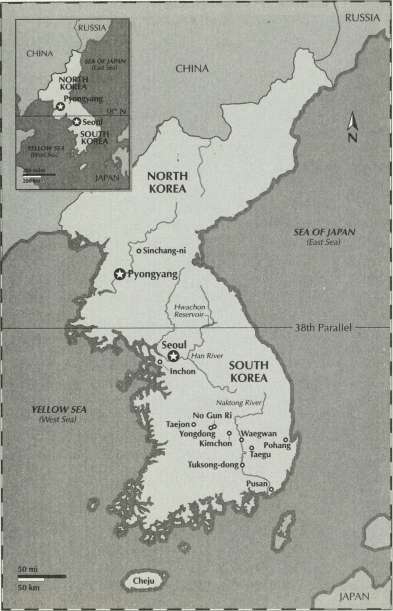
a; <
c
u
o z
a;

THE U.S. ARMY IN KOREA, JULY 1 950
FAR EAST COMMAND (TOKYO)
(General Douglas MacArthur)
24TH INFANTRY DIVISION
(Maj. Gen. Williann F. Dean)
5TH CAVALRY REGIMENT
1ST BATTALION
(HQ, A, B, C, D Cos.)
HQ COMPANY
(Supply, Communications, Medical)
EIGHTH ARMY
(Lt. Gen. Walton H. Walker)
1ST CAVALRY DIVISION
(Maj. Gen. Hobart R. Gay)
7TH CAVALRY REGIMENT
(Col. Cecil W. Nist)
2ND BATTALION
(Lt. Col. Herbert B. Heyer)
F COMPANY
(Capt. Walter Hopkins; Rifle)
25TH INFANTRY DIVISION
(Maj. Gen. William B. Kean)
8TH CAVALRY REGIMENT
OTHER ELEMENTS
(Communications,
Heavy Mortar,
Reconnaissance)
H COMPANY
(Capt. Melbourne Chandler; Heavy Weapons)
E COMPANY
(Capt. James Milam; Rifle)
G COMPANY
(Capt. Herman West, Rifle)
THE KOREAN FAMILIES
A NOTE ON NAMES: Koreans place family names first; in Chung Eun-yong, for example, Chung is the family name. Women don't take their husbands' family names. The given names of siblings, and sometimes of cousins, usually carry a common root. "Koo" in the names of Chung children is an example. Literally, it means "to seek," as in Koo-hun, "to seek the law"; Koo-hak, "to seek learning"; and Koo-ok, "to seek the jade." Because some Korean surnames, such as Chung and Park, are so common, The Bridge at No Gun Ri generally uses only given names of villagers on repeated references to avoid confusion.
(Key: D=Killed at No Gun Ri; W=Wounded; S=Survived without wounds. Main figures in the book are in ALL CAPITALS.)
CHUNG EUN-YONG'S FAMILY
Chung Tae-nyon (father) (S) Park Hee-moon (mother) (W)
CHUNG EUNG-YONG (the ex-policeman; not present at No Gun Ri) PARK SUN-YONG (wife) (W)
Chung Koo-pil (four-year-old son) (D)
Chung Koo-hee (two-year-old daughter) (D) Chung Kwan-yong (Eun-yong's brother; the prison guard; not present) Min Young-ok (wife) (D)
Chung Jong-ja (daughter) (W)
Chung Soon-ja (daughter) (S)
Chung Soon-rye (daughter) (D)
Chung Koo-sung (baby son) (D) Chung Soon-yong (Eun-yong's sister; not present) Chung Kun-yong (Eun-yong's brother) (S) Chung Kum-yong (Eung-yong's brother) (S) Kim Hong-ki (servant boy) (W)
CHUNG KOO-IL'S FAMILY
Chung Hee-yong (father; the "1919 patriot") (S) Lee Soon-kum (mother) (D)
Chung Tae-gu (daughter; not present) Chung Koo-yon (daughter) (D) Kim Sung-ja (daughter) (W) Kim Kook-hun (baby son) (D) CHUNG KOO-IL (son; the college student; later disappeared) (S) CHUNG KOO-OK (daughter; the schoolteacher) (D) Chung Koo-hong (son) (S)
CHUNG KOO-HUN'S FAMILY
Chung Ssang-yong (father; the fishmonger) (S) Hwang Eun-yon (mother) (D)
Chung Koo-soon (daughter; not present)
CHUNG KOO-HUN (son; the tall seventeen-year-old) (S)
Chung Myong-ja (daughter) (W)
CHUNG KOO-HAK (son; the sickly eight-year-old) (S)
Chung Young-sook (baby daughter) (D)
YANG HAE-SOOK'S FAMILY
Lee Ja-sun (grandmother; the reluctant refugee) (D) Yang Ho-yong (father; the "loyal son") (S) Lee Soon-yi (mother) (W)
Yang Hae-young (son) (D)
YANG HAE-SOOK (daughter; "Golden Girl") (W)
YANG HAE-CHAN (ten-year-old son) (W)
Yang Hae-yong (son) (D) Yang Ke-soon (father's sister) (D)
Min Eun-soon (Ke-soon's daughter in-law) (D) Chung Hyun-mok (Eun-soon's baby son) (D) Yang Mal-soon (father's pregnant sister) (D) Park Ne-eung (Mal-soon's husband) (D)



